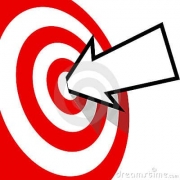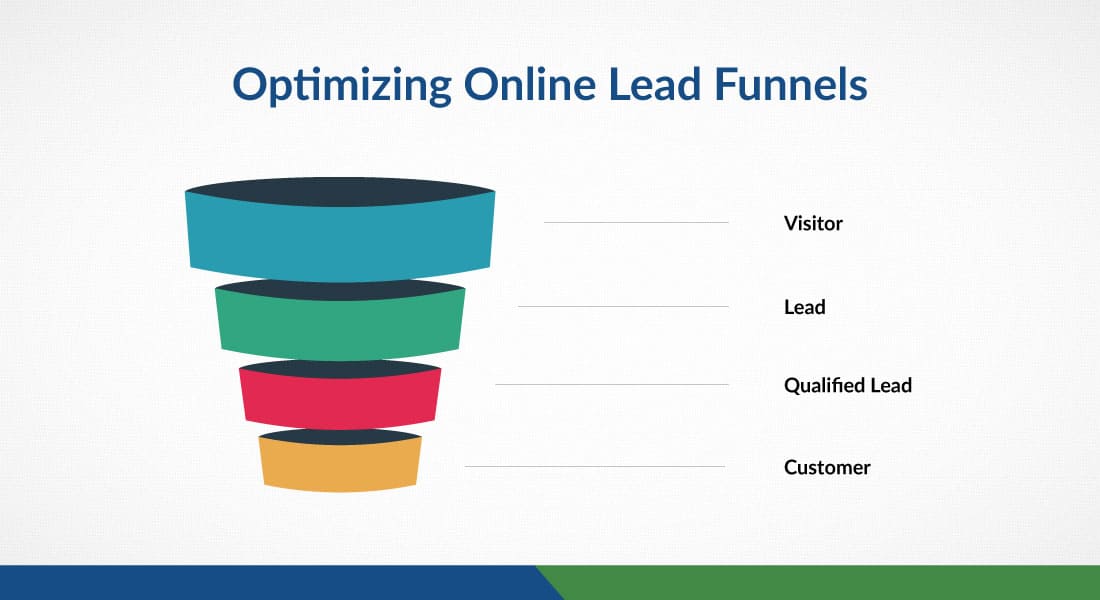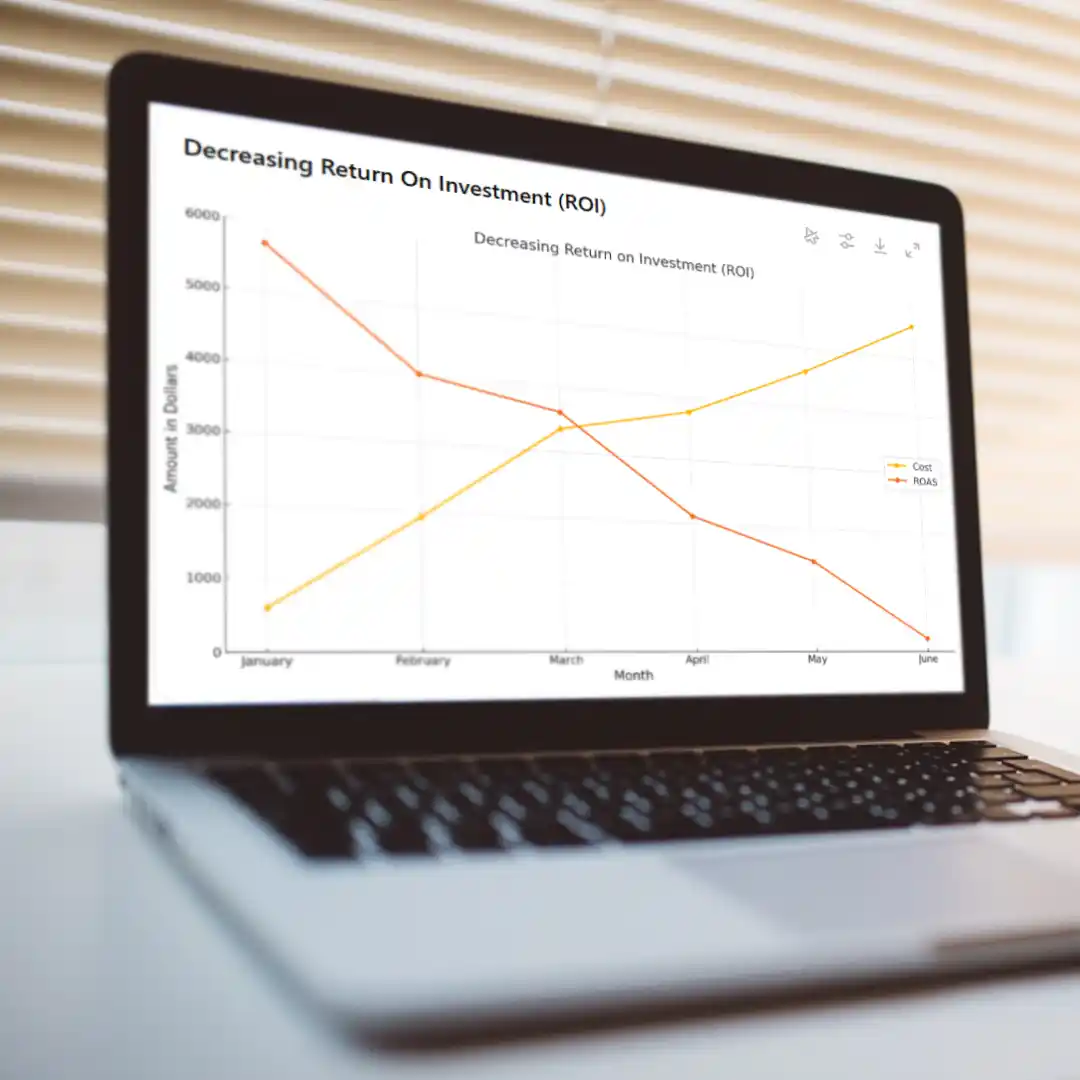Sellers believe in their product and their organization, often fervently. “If only a prospect would listen to our story, watch our demo and read up on our customer case studies,” thinks the seller, “then they would almost always decide in our favor.” If only it w ere that simple… especially in the B2B world.
ere that simple… especially in the B2B world.
The Slow Dance
The sales we’re talking about are a lot more complicated than selecting a brand of toothpaste or even buying a car. These things take time… sales cycles are usually weeks or even months long and may involve multiple individuals on the buyer’s side. If the sale closes, it’s generally a considered purchase based on lots of thought, research, competitive assessment and finally, a good deal of negotiation. Examples of this type of purchase include choosing a major IT solution, large equipment or selecting a college or university to attend. These are transactions that require serious “consideration.” Sales experts know that a huge part of the buying decision is emotional engagement, and all the more true when the purchase involves a great deal of money and commitment.
Many articles have been written about the buyer’s journey. Let’s focus on how the seller’s behavior can and should mesh with that.
Don’t Rush
Marketers are under pressure from senior management to generate leads, but not just any leads. “We don’t want to waste our time on tire-kickers, we want sales-ready leads,” says Mr. Management. So marketers try to compress the entire prospecting and qualification cycle into one or two brief online encounters. This creates two major problems.
Not Everyone Has Rhythm
Making assumptions is always a bad idea – don’t assume your dance partner has rhythm and can dance to the hip-hop sounds. You may be in for some awkward moments which could end with your partner abandoning you! And so it is with marketing. When you require that all leads generated be sales-ready, you start to make assumptions about how your sales prospect should behave.
For example, Mr. Management may decide that the lead form on your website should separate the serious from the merely curious… so he requires a whopping 20 questions for your prospect to answer in order to receive the offer you’ve promised. Can you say interrogation? Probably NOT the emotional engagement you were hoping for. And the sad result is a tiny conversion rate, the potential permanent loss of some great prospects and endless internal arguments about why the lead generation program is costing a lot of money but not producing leads.
Stepping on Their Toes
The second mistake we see involves information overload. If someone expresses some level of interest, for example, by requesting information or registering for a webinar, do we throw everything but the kitchen sink at them? Do they get inundated with emails, newsletters, case studies, and a series of phone calls from Inside Sales? Do they feel like they’ve just been washed away by a tsunami? Are you stepping on their toes?
This buying experience is like bringing home a week’s worth of groceries and then proceeding to eat them all in one sitting. No matter how good the food is, you’ll get indigestion or worse. Sure, all that marketing collateral is informative and beautifully designed. However, it’s much better to slow down, provide smaller servings over a longer period of time, especially if it leaves your prospect wanting a bit more. Kind of like a slow dance, being careful not to step on their toes.
Get In Sync with Your Partner
Effective lead capture and nurturing can be compared to multiple dances with the same partner. For example, on the first encounter, the prospect needs only supply a name and an email address. They get a follow-up mail with an enticing offer. To receive that new offer, they may be asked to supply a phone number. And so it goes. Slowly, through mutual reciprocity, you build trust and a relationship with this potential new customer, and you learn more about each other. Not too fast, not too slow. Just like in real life!
They decide if they want to dance with you again, and they lead the way in how slow or fast they want to move, by either responding or not responding to offers that periodically come their way. This is the kind of rhythm most prospects are comfortable dancing to because it leaves them in control… and voila! You are now in sync with your dance partner, the potential customer. Over time, you have the potential for some great emotional engagement.
Of course, if the prospect feels a sense of urgency and wants to move through the process more quickly, your phone number is right there, at the bottom of every web page and email.
Perfecting the Dance Takes Time
In life, it takes time and multiple encounters to build a trusting relationship. Even in our culture of speed dating, long-lasting relationships are still built on trust, through emotional engagement. That takes time and multiple interactions in a variety of situations. Learning to dance like a pro isn’t quick or easy, just as building a pipeline of solid, committed sales prospects requires hard work, patience and time.





